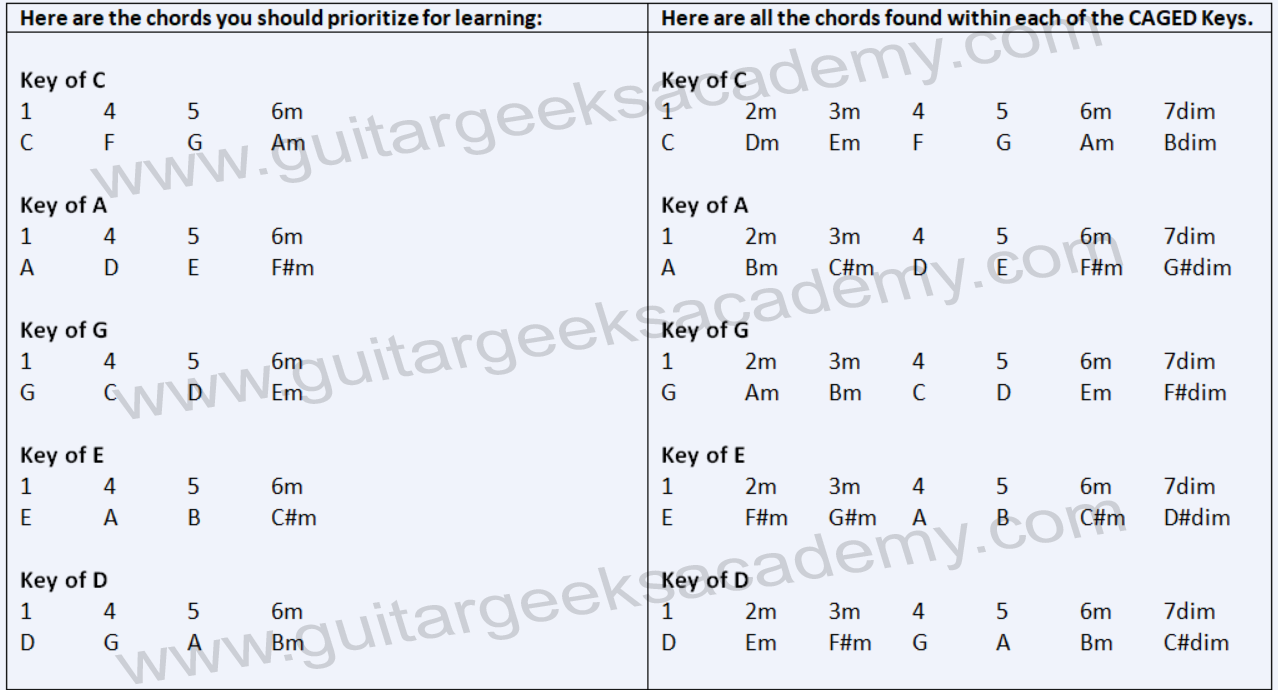Chords of Power: 1-4-5 and 6m Progressions
Chords of Power: The Enduring Legacy of 1-4-5 and 6m Progressions
Introduction:
In the vast and diverse landscape of music, certain progressions stand out as pillars upon which countless compositions are built. Among these, the 1-4-5 and 6m progressions reign supreme, serving as fundamental elements in various genres spanning from classical to pop, from blues to rock. Their prevalence is not merely coincidental but rooted in their inherent versatility, emotional resonance, and structural stability. This article delves into the significance of these progressions, exploring their usage across different musical contexts and providing examples to illustrate their enduring appeal.
Understanding the 1-4-5 and 6m Progressions:
At the heart of these progressions lies a simple yet powerful formula: the relationship between chords built on the first, fourth, fifth, and sixth degrees of a scale. In the key of C major, for instance, these chords would be C, F, G, and Am respectively. What makes these progressions so compelling is their harmonic movement, which creates tension and resolution, guiding listeners through a journey of musical expression.
The 1-4-5 progression, often referred to as the “I-IV-V” progression, forms the backbone of numerous compositions across genres. Its widespread use can be attributed to its stability and predictability. Considered the cornerstone of Western harmony, this progression establishes a strong sense of tonality and provides a solid foundation for melodies and lyrics to unfold. Classic examples of songs utilizing the 1-4-5 progression include “Twist and Shout” by The Beatles, “La Bamba” by Ritchie Valens, and “Louie Louie” by The Kingsmen.
Similarly, the incorporation of the 6m chord adds depth and emotion to the harmonic palette. The transition from the tonic chord to the relative minor (1 to 6m) introduces a subtle yet poignant shift in mood, lending a sense of melancholy or introspection to the music. This progression is particularly prevalent in ballads, folk songs, and introspective pop tunes.
Here are a few more examples of songs that use the 1 4 5 & 6m progression.
Stand By Me – 1-6m-4-5 – Ben E. King
I Walk the Line – 1-4-5 – Johnny Cash
Every Breath You Take – 1-6m-4-5 – The Police
Ring of Fire – 1-5-1-4 – Johnny Cash
Hey Jude – 1-4-5-1 – The Beatles
Wagon Wheel – 1-5-6m-4 – Old Crow Medicine Show
Brown Eyed Girl – 1-6m-4-5 – Van Morrison
Wild Thing – 1-4-5 – The Troggs
I’m Yours – 1-6m-4-5 – Jason Mraz
These songs represent just a fraction of the vast repertoire that utilizes the 1-4-5 and 6m chord progressions, underscoring their enduring popularity and versatility across different genres and eras.
Applications Across Genres:
Beyond their conventional usage in popular music, the 1-4-5 and 6m progressions find resonance in a myriad of musical styles, showcasing their adaptability and universality.
In blues music, these progressions form the backbone of countless standards, driving the genre’s characteristic sound. The 12-bar blues, for instance, relies heavily on the 1-4-5 progression, with each chord change marking a pivotal moment in the narrative of longing, hardship, and resilience. Songs like “Sweet Home Chicago” by Robert Johnson and “Stormy Monday” by T-Bone Walker epitomize the raw energy and emotional depth inherent in blues progressions.
In country music, the 1-4-5 progression serves as a cornerstone of the genre’s storytelling tradition. From heartbreak ballads to honky-tonk anthems, country songs often revolve around simple chord structures that emphasize lyrical narratives and melodic hooks. Artists like Johnny Cash, Dolly Parton, and Willie Nelson have masterfully employed these progressions to capture the essence of everyday life, love, and loss in their music.
Even in classical music, where harmonic complexity reigns supreme, the 1-4-5 and 6m progressions make their presence felt, albeit in more nuanced ways. Composers from Bach to Beethoven have utilized these progressions to create tension and resolution, weaving intricate harmonic tapestries that transcend time and culture.
Here is a chart illustrating the primary chords found within each of the CAGED keys.
Conclusion:
Amidst the exploration of the significance and versatility of the 1-4-5 and 6m progressions, it’s worth noting a practical implication for aspiring musicians. Mastering these chord progressions in various keys unlocks a vast repertoire of songs across different genres.
One effective approach to achieving this mastery is through the CAGED system, a foundational framework in guitar education. By learning to transition between chords using the CAGED shapes in all the main keys, particularly focusing on the 1, 4, 5, and 6m chords, aspiring musicians can expand their musical horizons exponentially. This fundamental skill not only enhances one’s ability to play individual songs but also lays the groundwork for improvisation, composition, and musical fluency.
Whether you’re strumming along to a folk ballad, belting out a classic rock anthem, or jamming to a blues standard, proficiency in transitioning between these key chords opens the door to a world of musical possibilities. With dedication and practice, aspiring musicians can embark on a journey of exploration and creativity, discovering the richness and diversity of music through the lens of these foundational progressions.


